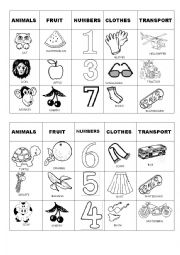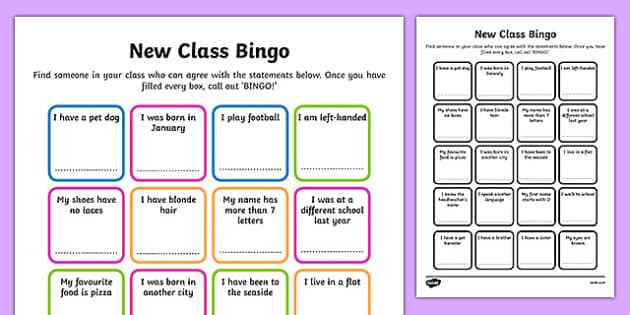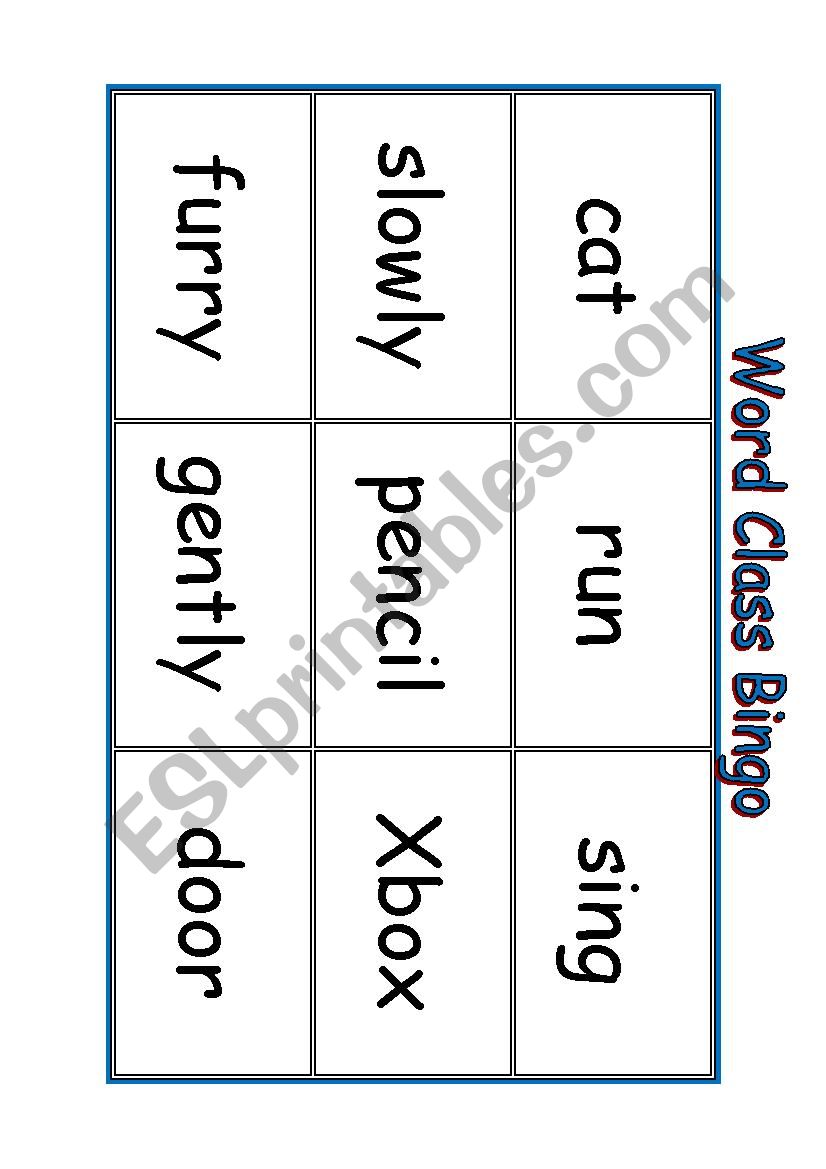
If you use something students can place on their cards to mark them (slips of paper, pennies, whatever) they will throw them, sneeze them off their card, or dump a giant box of them on the floor by accident when you’re not even playing the game. Just have students use markers, highlighters, or pencils to mark their cards. For example, if the term is “simile,” the index card will say “comparison using like or as.” When the card is picked students must know that’s a simile and then they mark their cards.ĭo not try to reuse cards.
Have index cards with the definitions already created and folded up, ready for students to pick. I call them out one at a time and tell students to write it randomly on their cards.  Print out blank bingo cards and have students create their own by filling in the terms. For the rest of the instructions here, I’ll just the word terms. Names, dates, events, book titles, vocabulary, elements from the Periodic Table, whatever. Though it is possible to do this for any subject as well. Bingo as an Educational Gameįor regular Bingo I can only think of using this in foreign language classes to practice numbers. I like to get a giant bag of little candies from Costco and pull from that throughout the quarter (about how long it lasts) for prizes. Both make Bingo the perfect reward after a difficult test or grueling day in general, or as a social scenario to try to get kids to interact with each other. Everyone can access it, and students don’t need to focus too much so they can socialize while playing. Reward or Social Eventīingo is the ultimate equalizer for students. Or, if you’re 100% technology-free, one-time-only write out the numbers on folded-up index cards and have students pick them out and call them. Project the numbers being called using the slides randomizer add-on in Google Drive, or display it on your computer screen and turn it for the kiddos to see. Quickly hand out cards you have pre-printed and ready to go for just such a moment. It’s not their fault they aren’t meant to sit and focus for such long stretches at a time. Bingo Brain BreakĪnyone who teaches block schedules knows that students sometimes struggle once they hit that hour mark. It’s easy to set up and implement (more on that later). Even though there’s no skill involved, it’s still a confidence booster to win.
Print out blank bingo cards and have students create their own by filling in the terms. For the rest of the instructions here, I’ll just the word terms. Names, dates, events, book titles, vocabulary, elements from the Periodic Table, whatever. Though it is possible to do this for any subject as well. Bingo as an Educational Gameįor regular Bingo I can only think of using this in foreign language classes to practice numbers. I like to get a giant bag of little candies from Costco and pull from that throughout the quarter (about how long it lasts) for prizes. Both make Bingo the perfect reward after a difficult test or grueling day in general, or as a social scenario to try to get kids to interact with each other. Everyone can access it, and students don’t need to focus too much so they can socialize while playing. Reward or Social Eventīingo is the ultimate equalizer for students. Or, if you’re 100% technology-free, one-time-only write out the numbers on folded-up index cards and have students pick them out and call them. Project the numbers being called using the slides randomizer add-on in Google Drive, or display it on your computer screen and turn it for the kiddos to see. Quickly hand out cards you have pre-printed and ready to go for just such a moment. It’s not their fault they aren’t meant to sit and focus for such long stretches at a time. Bingo Brain BreakĪnyone who teaches block schedules knows that students sometimes struggle once they hit that hour mark. It’s easy to set up and implement (more on that later). Even though there’s no skill involved, it’s still a confidence booster to win. 
Pure luck gives everyone a chance to be a winner. Students who need a bit more time processing have just as much of a chance to win.

Most students have this knowledge locked down. They need to know five letters and numbers 1-75. It really is a game that just about anyone can play. Let me quickly break down why Bingo is my favorite game for students (high school students in particular).
#English class bingo how to
I’ll detail how and why, and then I’ll break down how to make a game of your own so you can play on the fly with minimal prep needed. Can we talk about how Bingo is the most underrated game for the classroom? It gets no love even though my students tend to love it! A brain break, a reward, a social event, and occasionally even a tool to educate – Bingo does it all.







 0 kommentar(er)
0 kommentar(er)
